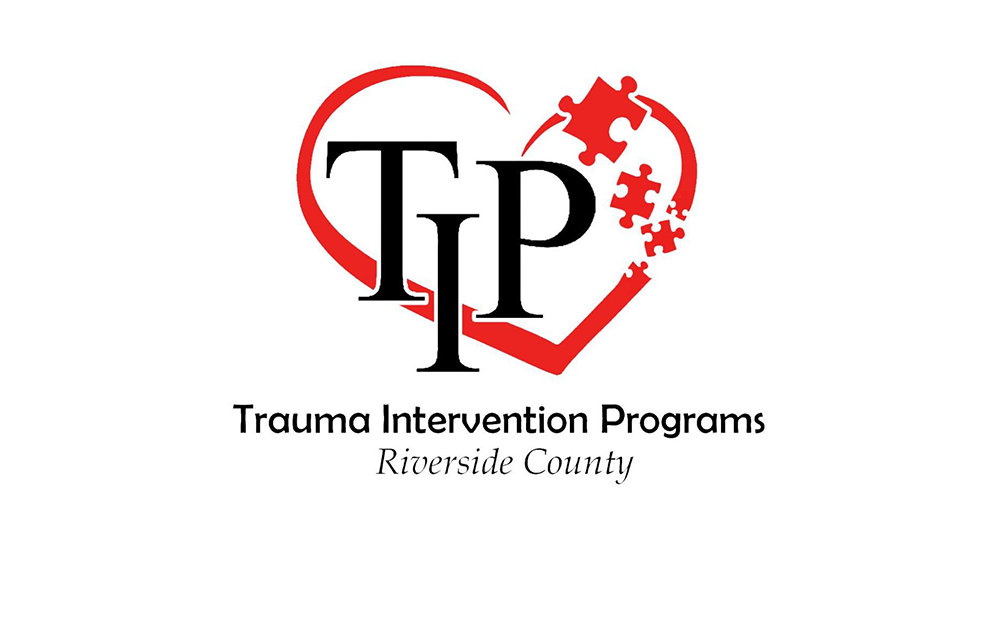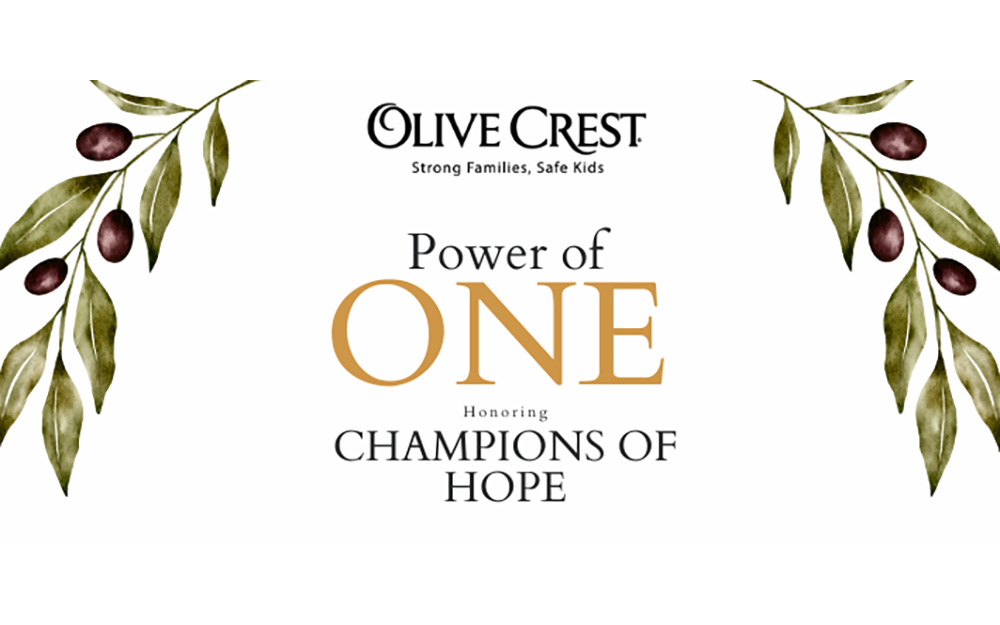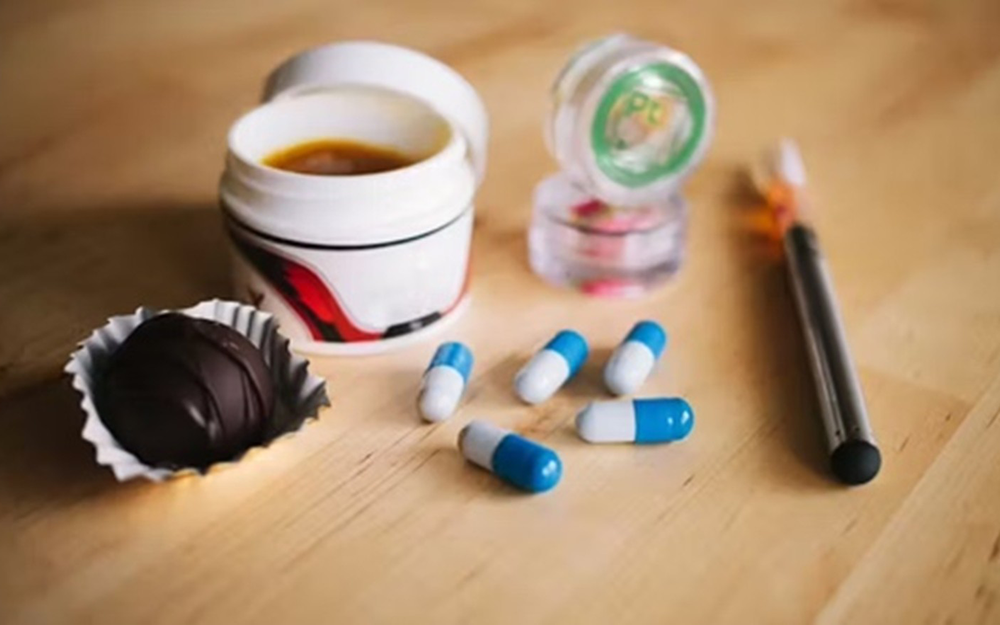
By Billee Sharp
Cannabis has been a prescribed treatment for migraines, digestive disorders, menstrual cramps, and more for thousands of years. In China, the very first mention of cannabis for pain relief dates back to 2500 BC, when it was combined with Datura a strong narcotic plant, for chronic pain, during surgery and surgical recovery. Today medical cannabis follows in the footsteps of these ancient traditions, with the added benefit of science decoding just how cannabinoids work in the human body.
A recent Forbes Health survey, conducted by OnePoll, looked at Cannabidiol (CBD) usage in a study of 2000 randomized US citizens aged between 18-85 years. CBD for pain relief was cited by 60% of the participants, just behind the 62% citing stress reduction.
Both CBD and Δ9-tetrahydrocannabinol (THC), in a 1:1 ratio, are in many cannabis medications. The rationale is that THC works for pain relief and CBD works on reducing inflammation, which also alleviates pain. There hasn’t been a great deal of research into precisely how CBD helps alleviate chronic and unmanageable pain, but that is about to change as 50 research studies into CBD for pain relief are currently registered at clinicaltrials.gov.
This new interest in CBD for pain follows the widespread anecdotal successes of patients treating chronic symptoms and being able to reduce their intake of opiate pain-killers and many other pharmaceuticals. As a provider of cannabis medicine, Synergy Wellness, has had a bird’s eye perspective of this. Beginning 5 or so years ago, when providers such as Kaiser began to refuse chronic pain patients their legitimate pain relief prescriptions, there were few options for these patients.
Though a cruel travesty at the time, many were able to transition, using THC as the bridge, to a combination therapy of THC:CBD or CBD alone. It was an amazing and healthful transformation. Sadly, the team efforts of willing patients, knowledgeable doctors and medically curated product providers is a rare find. Synergy Wellness is glad to continue sharing what they know and have learned from this honorable experience and hope more people will discover this potentially healthier & happier option to opioids.
Acute vs Chronic
While opioid painkillers are effective for acute pain and trauma, they do have significant side-effects, atop chronic constipation, foggy thinking and a sometimes, dangerous loss of
coordination. There is a significant addiction risk when opioids are prescribed for long-term conditions. Since endocannabinoid receptors act as opioid receptors the overlap of actions can be used as leverage in successfully weaning off opioids. Nabiximols [an oromucosal tincture with 2.7 mg THC and 2.5 mg CBD per spray] has also been shown to reduce pain and allodynia in neuropathic pain patients, with improvements maintained for an entire year.
As with all medicine, dosage is the key factor in successful treatment and protocol starting with low doses and titrating up will reveal the optimum dose for each individual. From chronic pain management, diabetic and chemotherapy-related neuropathy, IBS and gastrointestinal issues, arthritis and auto-immune pain syndromes, CBD has shown positive results.
The wonderful thing about CBD is that the side effects are all positive: when the human endocannabinoid system (ECS) is working efficiently, our healthy functioning improves as receptors activate, meditative actions flow through our bodies regulating and creating homeostatic balance. read more here.
Suggested Products from Synergy Wellness
- Topicals 1:1 Synergy Salve, Super Strength Synergy Salve, Synergy Alcohol Roll-On
- Tinctures 24:1 CBD tincture 4:1 CBD:THC tincture
- Edibles CBD triple ginger cookies CBD chocolate cookies
- Vapes & Flower 24:1 4:1
- Raw Flower Capsules
Choosing the right delivery method for CBD pain relief is the first step and it is useful to have several different CBD medications to address pain as it arises. When preparing a molecule of active ingredient for absorption, what it is encased in (aka the inactive ingredient) is arguably as important as what the molecule is. If you use a compound that enhances absorption, then you’re going to have a much more effective treatment. Sesame oil has a molecular size compatible with crossing the blood-brain barrier. Synergy Wellness and Healing Essence use sesame oil.
Send questions, comments to cannaangel16@gmail.com









































